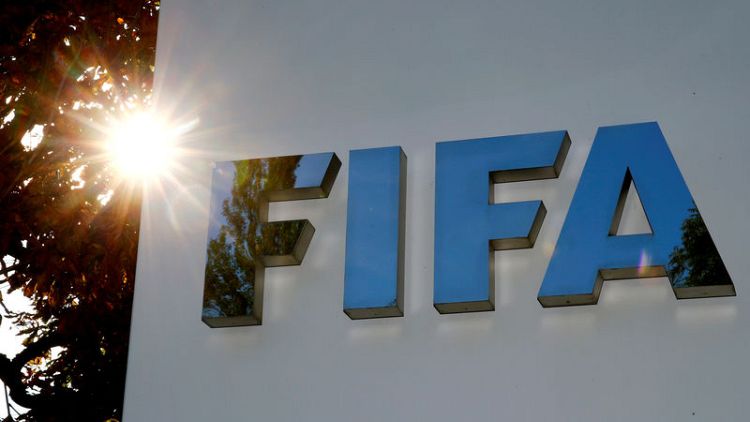By Christian Radnedge
LONDON (Reuters) - A record breaking women's World Cup next year in France would be the perfect platform to inspire more young girls to take up soccer around the globe, FIFA's Chief Women's Football Officer Sarai Bareman has told Reuters.
World soccer's governing body this week announced a new global strategy for the women's game in an effort to create revenue streams and increase grassroots participation among its 211 member associations.
The eighth edition of the women's World Cup will take place from June to July next year, following record TV audiences for the final of the previous tournament in Canada four years ago, won by the United States.
Bareman, who was appointed FIFA's first chief of women's football in 2016 by president Gianni Infantino, said the aim was to have more people than ever watch the 2019 showpiece.
"Our aim is to have one billion viewers for next year's tournament. I'd love to say that was our target for just the final! But no, that would be across the whole tournament," the New Zealander told Reuters in a phone interview.
"We had 750 million (record) viewers around the world for Canada 2015 and we definitely think that next year has the potential to be even bigger."
"Competitions are the perfect platform to increase awareness of our strategy and for sure the World Cup is our second biggest event and it can inspire and build that connection with what we are trying to achieve with this strategy," Bareman added.
"The World Cup is where we create those stories, those household names and they will be the ones who can drive participation."
FIFA's women's football strategy was published online to little fanfare this week, stating it would look to double the number of female players to 60 million by 2026 and ensure all member associations have developed "comprehensive women's football strategies" by 2022.
Bareman understands why it could have been seen as a low-key way to announce a flagship policy for FIFA.
"I can see why you would think that," Bareman, previously deputy secretary general of the Oceania Football Confederation, said. "But from our perspective we wanted to present it to our member associations first.
"What's important is our 211 member associations and that they got it first because the strategy is for them.
"We could have made a big presentation, a big splash, but it is about the members and we wanted to make sure they had it first, they could read through it and digest it before anyone else."
She continued: "(But) Part of the strategy is to work on the communication side and work with the media to get a better understanding of women's football out there."
Bareman also said that there would be significant checks and balances in place to make sure that any investment is followed up on, to avoid lapses in auditing.
FIFA would also schedule frequent visits to see grassroots progress for themselves.
"A dedicated women's football strategy workshop will be available for all 211 member associations where FIFA will facilitate and support our members in identifying opportunities and objectives in each country's unique environment for growing the women's game," Bareman added.
The sport's governing body also hopes to broaden female representation in their regulatory framework, with at least one third of FIFA committee members to be women by 2022.
(Reporting by Christian Radnedge; Editing by Toby Davis)
